Introduction
Street lighting plays a pivotal role in urban and rural infrastructure. As cities and communities grow, the need for safe, efficient, and environmentally friendly lighting systems increases. However, to ensure that these systems meet the necessary safety, performance, and environmental standards, certifications become essential. This article will explore the global certification standards for street lighting, the role of various certification bodies, and why certifications matter for manufacturers and buyers alike.
Importance of Certifications in Street Lighting
Certification in street lighting serves as a quality assurance mechanism, ensuring that products meet rigorous safety, performance, and environmental standards. In a competitive global market, certifications help manufacturers build trust with customers and ensure their products comply with regulatory requirements. For buyers, certifications guarantee that the streetlights they purchase are safe, reliable, and capable of performing as expected throughout their service life.
Global Market Requirements
As street lighting is a critical part of public safety and energy efficiency, certification requirements vary across regions and countries. Different markets have specific standards, and it’s essential for manufacturers to understand these requirements to access global markets. Failing to meet certification standards may result in products being banned or rejected from certain markets, which underscores the importance of compliance.
Impact on Product Quality and Safety
Certifications ensure that streetlights meet both basic and advanced requirements for safety and quality. These certifications directly affect factors such as energy efficiency, durability, and the safety of electrical components. Meeting these standards ensures that products are built to last, reducing the risk of failures that can lead to costly repairs or accidents.
Major Certification Bodies
International Organizations
Several international organizations are responsible for setting the standards that guide streetlight certifications. These organizations help harmonize global requirements and establish guidelines for manufacturers to follow.
- IEC (International Electrotechnical Commission)
The IEC develops international standards for electrical and electronic technologies, including street lighting. It ensures that streetlights meet the required safety, performance, and energy efficiency standards.

2.CIE (International Commission on Illumination)
CIE focuses on the scientific aspects of lighting. It provides guidelines on lighting design, performance, and measurement to ensure streetlights provide adequate illumination in a safe and energy-efficient manner.
Regional Bodies
Different regions have specific certification requirements to address local conditions and regulations.
- CE Marking (Europe)
The CE marking indicates that a product meets European Union safety, health, and environmental protection requirements.
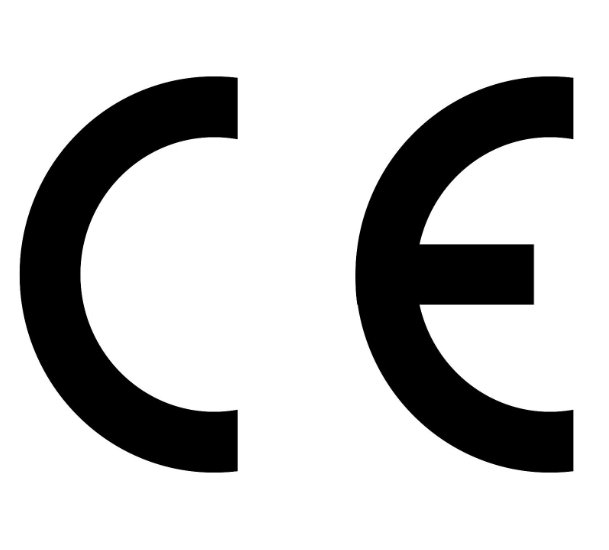
2.UL Certification (North America)
UL certification is crucial for products sold in the U.S. and Canada. It ensures safety and performance in electrical products.
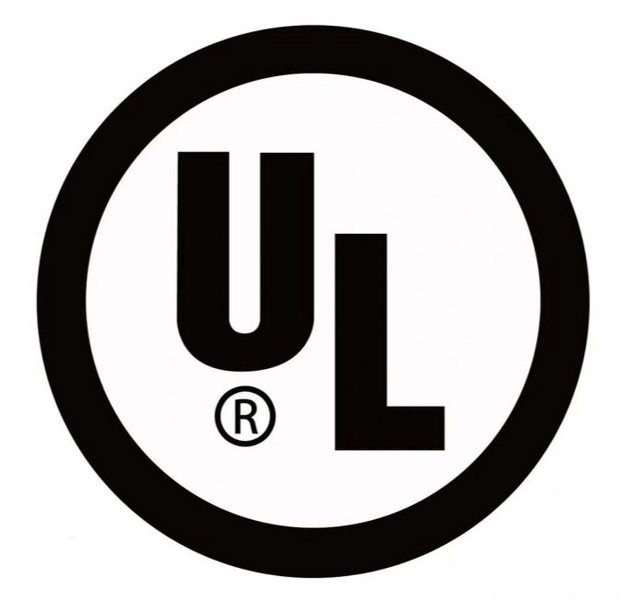
3.CCC Certification (China)
The CCC mark indicates that a product meets Chinese safety and quality standards, required for market access in China.
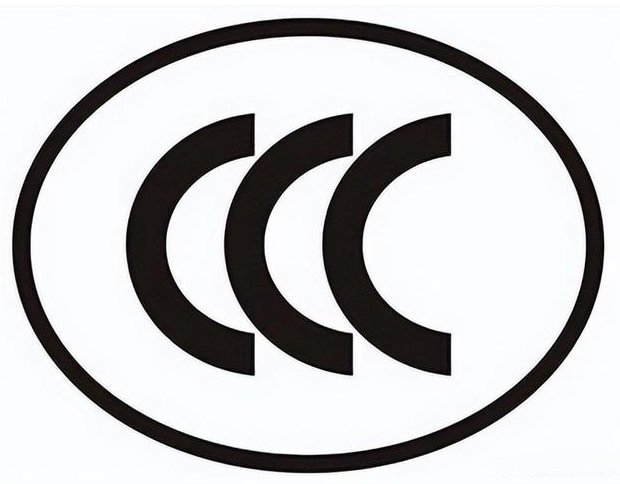
4.ENEC (European Norms Electrical Certification)
ENEC certification demonstrates that a product complies with European electrical standards, guaranteeing safety and reliability.
Regional Certifications (Expanded)
- SAA Certification (Australia & New Zealand)
The SAA certification ensures that electrical products meet the safety and performance standards required for the Australian and New Zealand markets. It’s crucial for manufacturers looking to enter these regions.
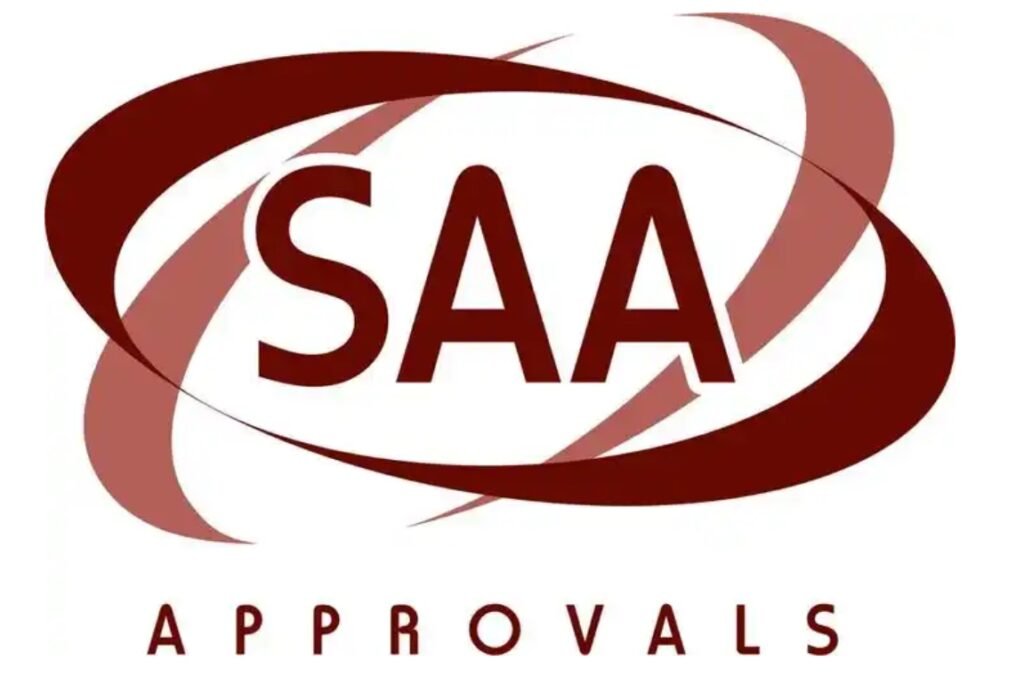
2.SASO Certification (Saudi Arabia)
The Saudi Arabian Standards Organization (SASO) certification is required for products sold in Saudi Arabia. It guarantees that products meet local safety, quality, and environmental standards.
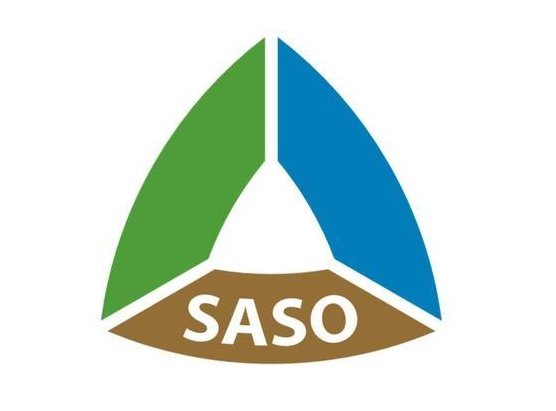
3.BIS Certification (India)
The Bureau of Indian Standards (BIS) certifies products that meet national safety and quality standards in India. Streetlight products sold in India must obtain this certification.
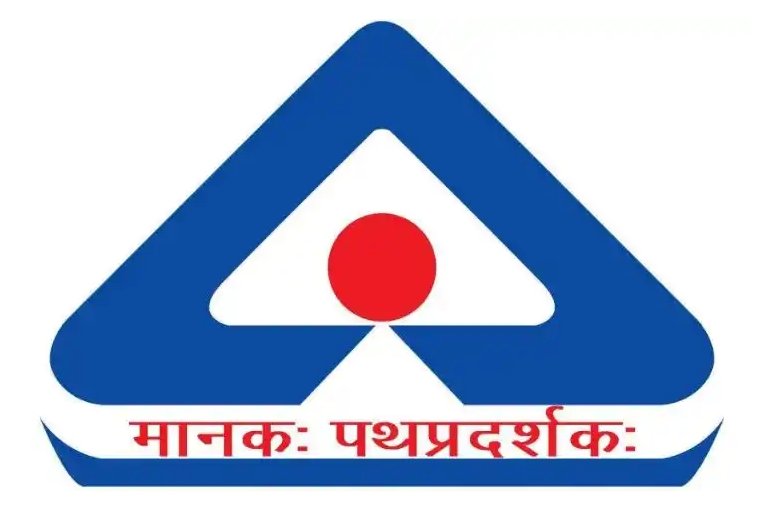
4.KC Certification (South Korea)
The KC (Korea Certification) mark is required for street lighting products sold in South Korea. It ensures that products meet South Korean safety, electromagnetic compatibility (EMC), and performance standards. KC certification is essential for manufacturers targeting this market.
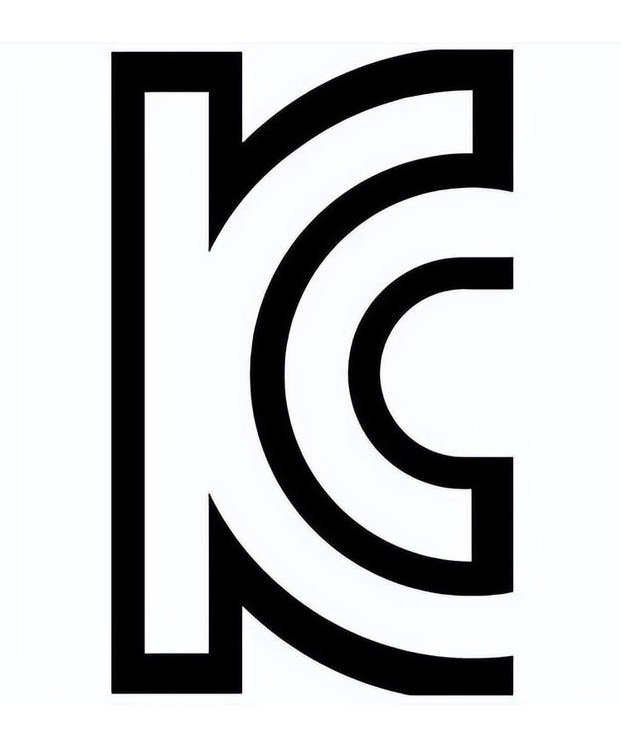
5.ISO 9000 Certification (Global)
ISO 9000 certification ensures that a manufacturer adheres to international quality management standards. It guarantees that products, including streetlights, are manufactured consistently and meet customer satisfaction.
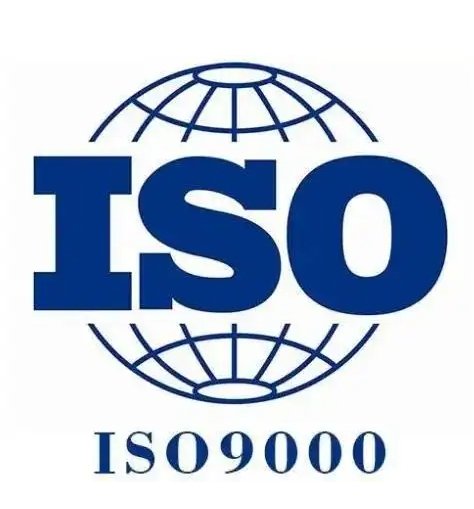
6.EMC Certification (Global)
The EMC (Electromagnetic Compatibility) certification ensures that the street lighting products do not cause electromagnetic interference and that they can operate without being affected by other electronic equipment.

7.TÜV Certification (Germany)
TÜV certification, particularly from Germany, ensures that products meet high safety, performance, and quality standards. TÜV is widely recognized in the EU and other markets.
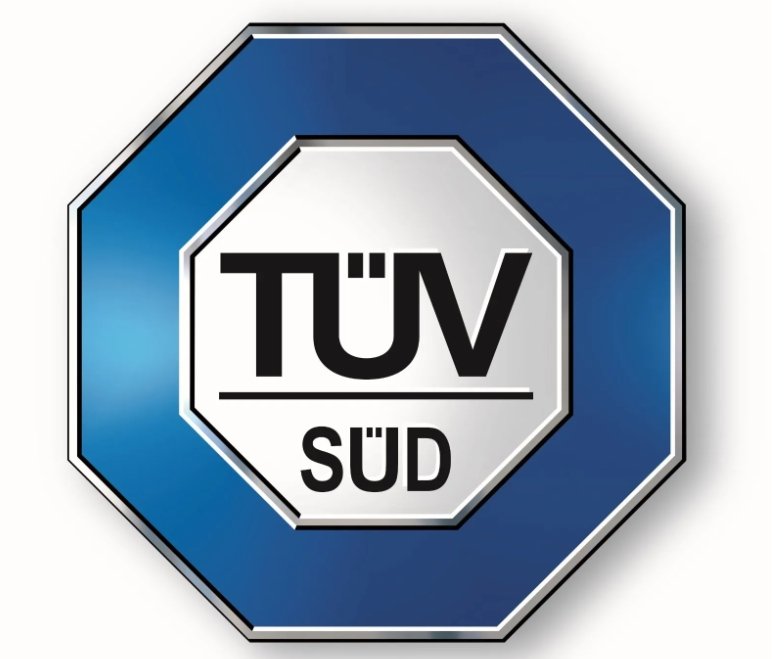
9.RoHS Certification (Europe)
The RoHS (Restriction of Hazardous Substances) certification ensures that streetlights comply with the EU directive restricting the use of hazardous materials in electrical and electronic products.

10.GS Mark (Germany)
The GS (Geprüfte Sicherheit) mark is a German certification that signifies products meet specific safety requirements. It’s often required in European markets to indicate compliance with safety standards.
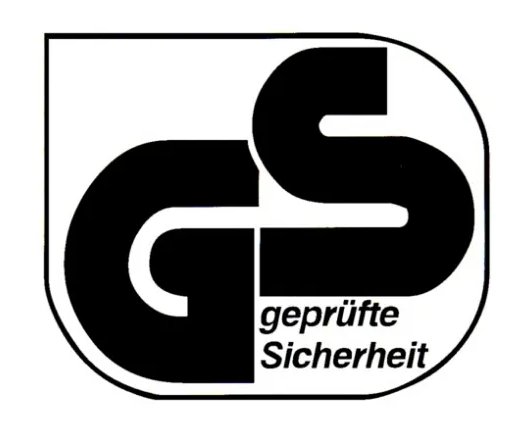
11.VDE Certification (Germany)
The VDE (Verband der Elektrotechnik) certification is a globally recognized certification that verifies the electrical safety of products. It is essential for manufacturers wishing to sell streetlighting products in Germany, as well as other countries that require compliance with high safety and performance standards.
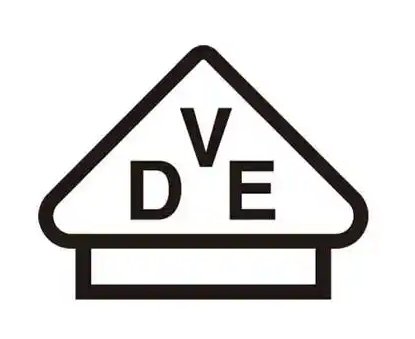
Technical Standards
Safety Standards
Streetlights must meet strict safety standards to prevent electrical hazards, fire risks, and other dangers. This includes testing for electrical safety, insulation, and short-circuit resistance.
Environmental Protection Standards
Environmental standards ensure that streetlights are energy-efficient and do not negatively impact the environment. These include regulations on energy consumption, light pollution, and waste disposal.
Performance Standards
- Photometric Requirements
Streetlights must provide sufficient illumination while minimizing energy consumption. Photometric testing ensures that light distribution is even and meets the specific needs of the area being lit. - Energy Efficiency Standards
With growing demand for energy-efficient solutions, streetlights must comply with energy consumption standards to reduce environmental impact. - Durability Testing Standards
Streetlights should be capable of withstanding harsh outdoor conditions, including temperature fluctuations, high winds, and UV exposure.
Zhaga Consortium
The Zhaga Consortium is an industry-wide initiative aimed at standardizing the interfaces between LED luminaires and light engines. This standardization effort is crucial for enhancing the interoperability of products from different manufacturers, which allows for more flexibility and interchangeability in lighting systems. A widely referenced standard, Zhaga Book 18, focuses on defining the standard for Zhaga sockets, as well as the standardization of LED light engines and their power supplies. By establishing these standards, Zhaga enables greater compatibility and innovation within the lighting industry, supporting more efficient and cost-effective street lighting solutions.
Case Studies
Successful Certification Projects
Highlighting successful streetlight certification projects can provide real-world examples of the benefits of certification. These case studies show how products that meet global and regional standards can access new markets and reduce the likelihood of product failures.
Common Challenges and Solutions
Manufacturers often face challenges during the certification process. These may include difficulty in meeting testing requirements, understanding regional standards, or overcoming logistical hurdles. This section can address common issues and practical solutions.
Best Practices
This section outlines best practices for manufacturers seeking certification, including preparing documentation early, working closely with certification bodies, and ensuring product designs comply with regional standards.
Market Access Requirements
By Region
EuroBy Region
1.Middle Eastern Specifications
Middle Eastern countries often align with European and North American standards, though additional regional certifications may be required.
2.European Market Requirements
European markets require compliance with CE marking, ENEC certification, and adherence to energy efficiency and environmental standards.
3.North American Requirements
In North America, meeting UL and CSA standards is crucial for market entry. The region also emphasizes energy-efficient products.
4.Asian Market Standards
Certification requirements in Asia vary by country, but CCC certification in China is typically necessary for market access.
Future Trends
Emerging Standards
As technology evolves, new standards for streetlights will emerge, especially in the areas of smart lighting, IoT integration, and advanced energy efficiency.
Technology Development
The development of new lighting technologies, such as LED and smart streetlights, will drive changes in certification requirements and standards.
Sustainability Requirements
Sustainability is becoming a key driver in the certification of streetlights, with an increasing emphasis on reducing environmental impact and improving energy efficiency.
FAQs
This section answers common questions regarding the certification process for streetlighting products. Whether you are a manufacturer, distributor, or buyer, understanding these details is crucial for ensuring compliance, safety, and performance standards.
Common Certification Questions
What is streetlight certification, and why is it important?
Certification is the process of verifying that streetlighting products meet relevant safety, performance, and environmental standards. It is essential because it ensures the product’s reliability, guarantees regulatory compliance, and enables access to global markets. Certification demonstrates that the product is safe for public use, energy-efficient, and manufactured with high-quality materials.
Which organizations provide streetlight certifications?
Several major organizations provide certifications for streetlights, including:
- IEC (International Electrotechnical Commission)
- ISO (International Organization for Standardization)
- CIE (International Commission on Illumination)
Regional bodies such as UL (Underwriters Laboratories) for North America and CE marking for the European market also issue certifications specific to their respective regions.
How long does the streetlight certification process take?
The certification process typically takes several weeks to a few months, depending on the product and certification body. Delays can occur due to the complexity of the product or the need for additional testing to meet specific standards.
What is the cost associated with certification?
Certification costs vary depending on the product, testing required, and the certification body. Fees can range from hundreds to several thousand dollars, depending on the complexity of the product and the number of required certifications for different regions.
Can a product be certified in multiple markets?
Yes, a product can be certified in multiple markets. However, manufacturers may need to meet different regional standards for safety, energy efficiency, and environmental impact, such as UL certification for North America or CE marking for the EU.
Application Processes
What are the key steps in applying for streetlight certification?
The process generally includes:
- Pre-certification evaluation: Assessing the product to ensure it meets the required standards.
- Testing and documentation: Submitting the product to accredited laboratories for testing and providing the necessary documentation.
- Review and approval: Certification bodies review test results and documentation before granting certification.
How do I submit a product for testing?
Manufacturers should contact accredited testing laboratories or certification bodies, submit the product, and provide detailed specifications. The laboratory will test the product to determine whether it complies with the applicable safety, performance, and environmental standards.
Can a third-party consultant help with the certification process?
Yes, manufacturers often work with consultants who specialize in certification to help streamline the process. Consultants assist with navigating documentation, selecting the right tests, and ensuring that the product meets all requirements for multiple markets.
Compliance Requirements
What are the basic compliance requirements for streetlight certification?
Compliance typically includes:
- Safety standards: Ensuring electrical and mechanical safety, including testing for fire risks, electrical shock, and short-circuit resistance.
- Performance standards: Ensuring energy efficiency, photometric performance, and durability.
- Environmental impact: Meeting energy consumption, environmental protection, and material safety standards.
How can I ensure my product complies with certification standards?
Manufacturers should conduct pre-certification tests, adhere to established design guidelines, and collaborate with accredited testing bodies to ensure that their products meet all necessary standards. Regular quality control checks and audits can help maintain compliance.
Are there any special compliance requirements for smart streetlights?
Smart streetlights, which incorporate IoT and advanced technologies, must comply with additional standards, including connectivity, data security, and interoperability with smart city infrastructure. Certifications may also require testing for remote monitoring and other communication protocols.
Resources
Testing Laboratories
Accredited testing laboratories are essential for the certification process. These laboratories perform tests on streetlight products to assess compliance with global and regional standards. Reputable labs include TÜV Rheinland, UL, and Intertek.
Certification Bodies
Certification bodies such as IEC, UL, ISO, and regional bodies (e.g., CE, BIS, CCC) oversee the certification process. Manufacturers must work with these organizations to ensure compliance with the appropriate standards.
Technical Documentation
To obtain certification, manufacturers must provide various technical documents, including product specifications, performance test results, safety compliance reports, and factory inspection reports. These documents are submitted to certification bodies for review.
Related Products
Certified Street Light Models
This section would list popular certified streetlight models that meet global or regional standards. These models have undergone rigorous testing and certification and are suitable for use in various markets.
Compliant Components
Streetlights consist of various components, including drivers, LED modules, and ballasts, which must also meet certification standards. This section outlines which components need certification and their respective requirements.
Testing Equipment
This section highlights the types of testing equipment used to evaluate streetlights for certification, including photometers, electrical testing devices, and environmental test chambers.
Expert Insights
Industry Expert Opinions
Experts in the field of street lighting and certification provide their opinions on trends, challenges, and best practices. These insights help manufacturers stay ahead of the curve and meet evolving standards.
Market Analysis
A comprehensive analysis of the street lighting market, including trends such as the rise of smart lighting, energy-efficient solutions, and emerging technologies. This analysis also examines how different regions are adopting and enforcing new regulations.
Technical Recommendations
Expert recommendations on how to design, manufacture, and test streetlighting products to meet certification requirements. These insights help ensure that manufacturers avoid common pitfalls during the certification process.
Contact Information
Technical Support
Manufacturers can access technical support from certification bodies or consulting firms to help with questions related to standards, testing, or compliance issues.
Certification Assistance
There are agencies and consultants who specialize in assisting manufacturers with the certification process, including document preparation, product testing, and application submissions.
Product Inquiries
Contact details for inquiries regarding specific certified streetlight products, their features, and certification details.
Conclusion
By understanding and complying with streetlight certifications and standards, manufacturers can ensure market access and product safety. Navigating the certification process and aligning with industry regulations will give manufacturers a competitive edge and help improve product quality and sustainability.

